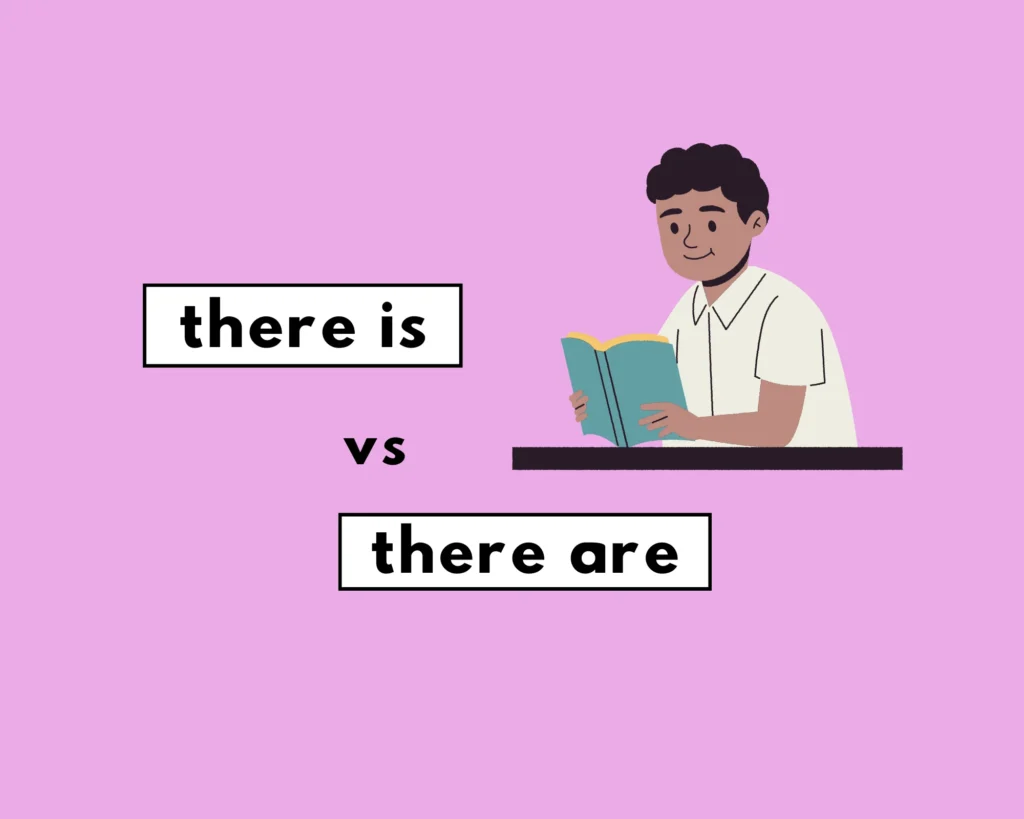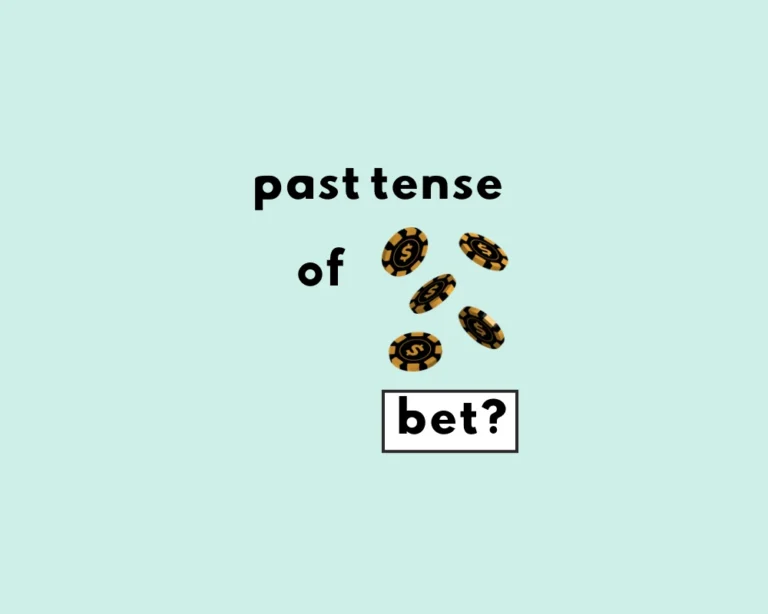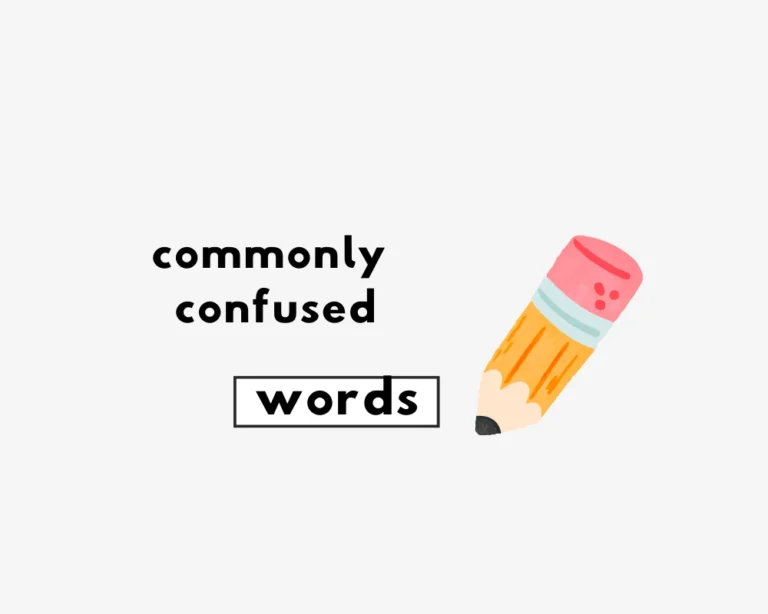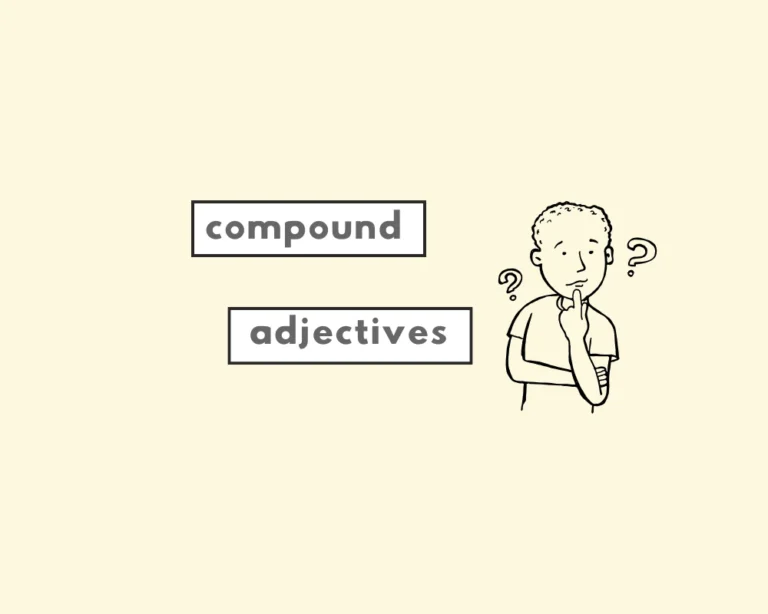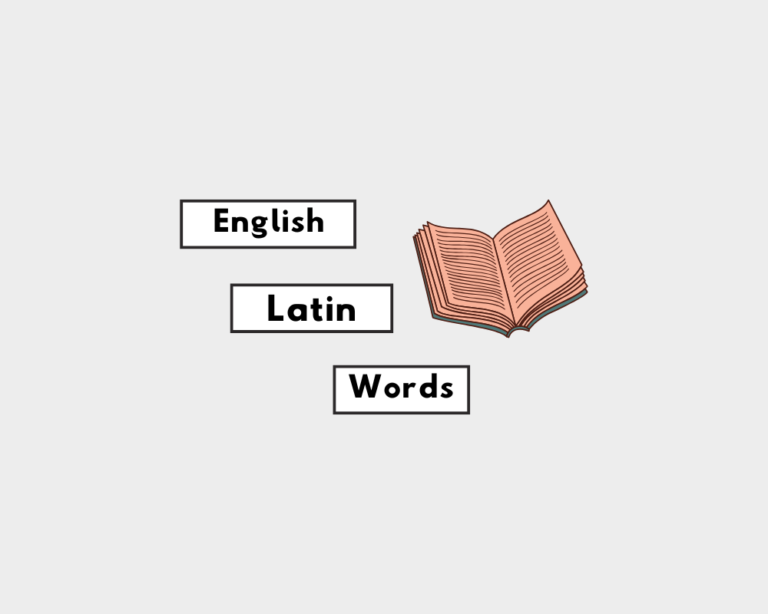“There is” or “there are”
The correct use of there is or there are is about the count or number that the verb refers to. Is the subject/noun singular or plural? If the noun is plural, use ‘there are‘; when it’s singular, use there is. To understand why, let’s go over what these words are, and which parts of speech they are categorized within.
The verb is
We know that verbs are action words that describe actions. The most basic action of all is just being (literally, the state of existing is being.)
Existing is a kind of action, though that may seem counterintuitive, the verb ‘to be‘ simply describes the state of being, or existing: ‘is’ is the first person singular form of the base verb of being, and “is a word used to describe an action, state, or occurrence.” There are eight forms of the verb to be:
Present: am, is, are.
Simple past: was, were.
Infinitive: to be.
Present principle: being.
Past participle: been.
The verb ‘to be‘ conjugates based on whether the subject or noun is singular or plural. Is is singular; are is plural.
1. I am a student. (I = first person singular)
2. We are students. (We = first person present plural)
3. You are a student. (You = second person singular and plural)
4. You all are students. (You = second person singular and plural)
5. He is a student. (He = third person singular)
6. They are students. (They = third person plural)
The pronoun there
There can operate in sentences as both a pronoun and an adverb. In its pronoun case, ‘there’ pairs with the verb to be to describe the state it exists in, or to draw attention to it.
1. There’s no way we can afford to buy a house at the moment.
2. There’s nothing in this room; there’s no bed, and not a single shelf.
3. There were differences of opinion, he added, on very basic issues.
There’s is a contraction: contractions combine two words with an apostrophe: there’s = there + is or they’re = there + are.
Subject-verb agreement: there is vs. there are
Subject verb agreement might sound like a complicated and technical term: it’s not. It is as clear a phrase as it can be: the subject and the verb of the sentence must agree with one another in count or number.When we speak, for the most part it’s either about one thing, or more than one thing, (or person, place, idea.) When we describe something that relates to one noun or subject, it’s required that the action follows suit, and is singular.
There is a dog barking on the street. (singular)
There are dogs barking on the street. (plural)
Is describes one person/place/thing/idea. If it’s one thing you’re referencing, use is. If it’s more than one thing that’s referenced, use are.
Origin of there/is
There derives from the Old English þær, “in or at that place, so far as, provided that, in that respect.” Is derives from the Old English es-.
Learn more about verbs
- Forms of “To Be”
- What Are Auxiliary Verbs?
- What is the Present Tense? (Forms of the Present Tense)
- The Future Tense (4 Forms of the Future Tense)
- What’s the Present Perfect Tense?
- What is the Past Tense? (Forms of the Past Tense)
Sources
- Origin of there
- Origin of the verb is
- Definition of is
- Definition of there

